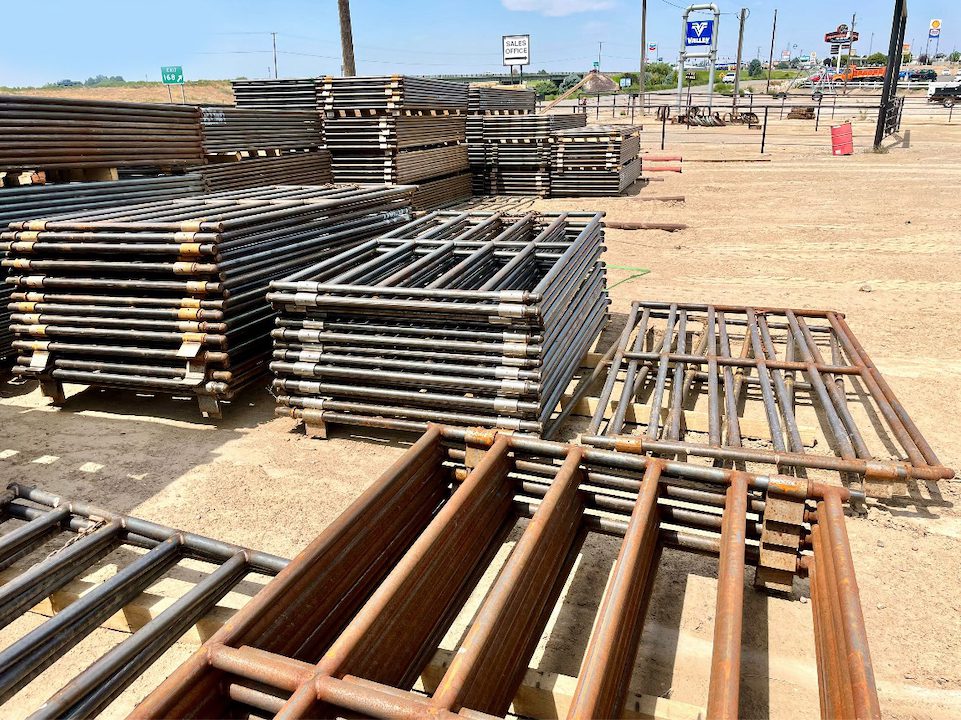Curious About Estate Fencing? Here’s How You Can Install It

Choosing the right fencing for your estate is crucial for maintaining boundaries, securing livestock and enhancing the aesthetic appeal of your property. Whether you’re a seasoned farmer or new to rural living, the decision on how to encircle your land can be both exciting and overwhelming. With numerous options available, it’s essential to consider durability, maintenance and functionality. For those looking to secure their cattle with a robust and long-lasting solution, pipe fencing emerges as a standout choice. It’s not just about marking territories; it’s about investing in peace of mind and reliability. Let’s explore how to install estate fencing effectively, with a special focus on pipe fencing for cattle.
Planning Your Fence Placement
Navigating Property Lines for Your Fence
Determining the rightful boundaries of your land is a critical first step before erecting any fencing. A professional land survey might be necessary to pinpoint the exact demarcation lines, ensuring that your fence, especially if it’s pipe fencing for cattle, does not encroach on neighboring or public territories. Mistakes in this area could lead to the inconvenient removal of your fence if it’s found to be out of bounds.
Maintaining Essential Access
When planning for pipe fencing for cattle, it’s essential to consider how access will be affected. This includes personal entry to your property, neighborly access and public right of way. Strategically placed gates and gaps are crucial in maintaining accessibility without compromising the integrity and purpose of your fencing.
Accommodating Animals on Your Estate
For estates with animals, fencing choices become even more significant. Pipe fencing for cattle is designed to keep your livestock within designated areas while protecting them from potential hazards such as nearby roads. It’s not just about containment; it’s about creating a safe and controlled environment for all your animals.
Understanding Planning Permissions
Before installing pipe fencing for cattle, check if you need planning permission. This varies with local laws, especially in areas with historical significance or designated conservation status. Restrictions may also dictate the height and type of fence allowable, influencing your decision-making process regarding materials and design.
Upgrading or Extending Existing Fences
If your property already sports a fence, deciding whether to upgrade or extend it is next. Factors to consider include the current fence’s condition and compatibility with pipe fencing for cattle. When extending, the goal is to achieve a cohesive look that seamlessly blends the old with the new, ensuring both functionality and aesthetic appeal.
Choosing Your Ideal Fencing Solution
Selecting the right fencing involves balancing aesthetics, functionality, budget and longevity. Pipe fencing for cattle not only meets these criteria but also offers a durable solution that stands the test of time. It’s a choice that ensures your fencing is not just a boundary but a long-term investment in your property’s value and the safety of your livestock.
Fence Placement Proximity
Understanding the precise location of your property boundaries is the first step in the journey toward installing your new fence. Once this is clear, the next decision involves determining the optimal placement along this demarcation for your new barrier.
For those considering pipe fencing for cattle, it’s paramount to recognize that the distance from the property line where you can erect your fence typically ranges from a mere two inches to a more generous eight inches. This variance allows for some flexibility in placement, which is particularly useful when installing pipe fencing for cattle, ensuring that the structure is both secure and compliant with local regulations. The guidelines governing how close your pipe fencing for cattle can be to the boundary lines may differ significantly from one locality to another.
Installing your fence too close to the property line can lead to legal issues. Always leave a buffer zone to ensure compliance and neighborly relations.
Pipe Fencing for Cattle- A Sturdy Choice
Pipe fencing is renowned for its strength and longevity, making it an ideal option for enclosing cattle. It withstands weather conditions and the wear and tear of farm life, ensuring your livestock remains secure and your property well-defined for years to come. When planning your fence, consider your land’s layout, your animals’ needs and local regulations to ensure your fencing project is successful and compliant.
Investing in Security and Integrity with Bison Pipe
At Bison Pipe, we understand that installing estate fencing, especially pipe fencing for cattle, is a significant investment in the security and integrity of your property. By carefully planning your fence placement, understanding local regulations and selecting the right fencing type, you can enhance both the functionality and appearance of your estate. With the right preparation and knowledge, your fencing project with us will stand the test of time, meeting your needs for years to come.

